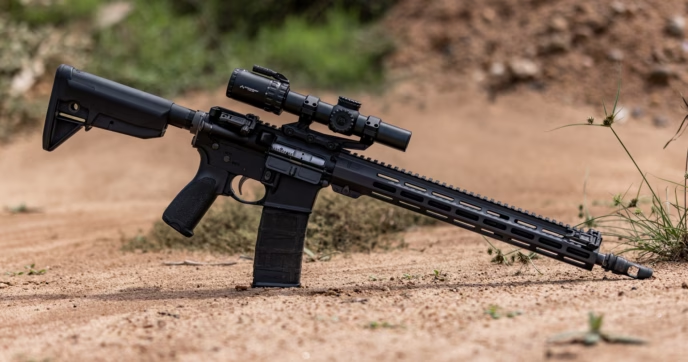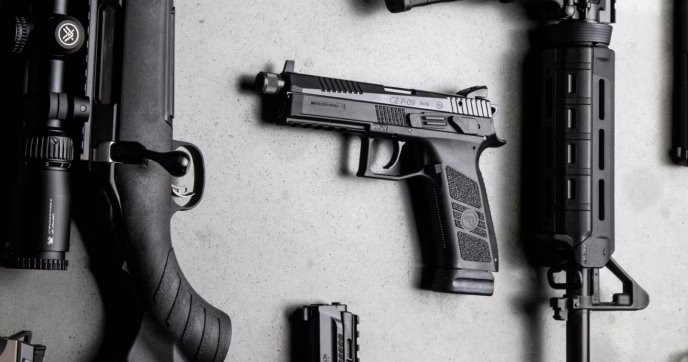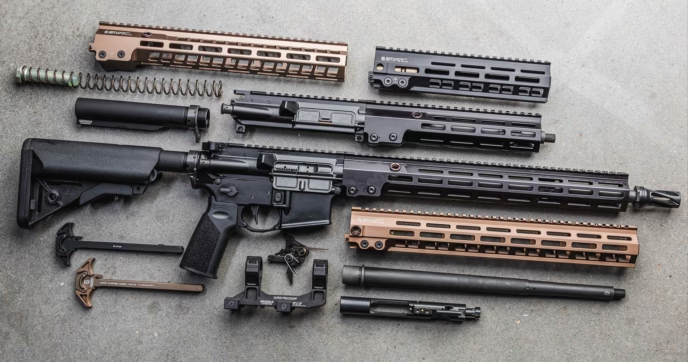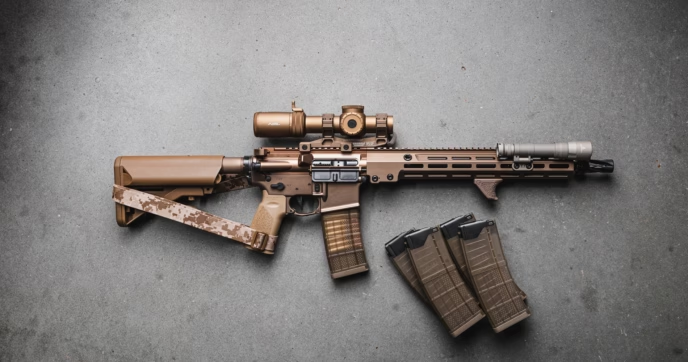GLOCK is one of the best-known firearm manufacturers in the world. Their name is nearly synonymous with handguns. They’re a staple of police departments, private collections, military armories, and competition rigs, even having their own dedicated league—the GLOCK Shooting Sports Foundation.
Their unmatched popularity, utter reliability, and marked simplicity make them a common and compelling choice for first-time handgun buyers, but their catalog can be a bit intimidating. The vast array of models and versions can be challenging to parse, particularly for those unfamiliar with handguns as a whole. This can leave buyers wondering what the difference is between one model and the next, and why some cost more than others.

Understanding GLOCK Models
The first step toward purchasing a new GLOCK pistol is to understand the different models available. Often, first-time buyers will confuse model numbers with caliber—this is particularly troublesome since several GLOCK models share names with common calibers, but those names do not correspond with the caliber of the pistol.
As such, a GLOCK 45 is not chambered in .45 ACP; it’s chambered in 9x19mm. GLOCK model numbers start with the model 17, which was named because it was the 17th patent filed by the inventor, Gaston GLOCK. From there, GLOCK firearms are designated more or less sequentially in order of their invention.
This is further complicated by the fact that not all GLOCKs that share the same model number are necessarily the same. GLOCK has been around for quite some time, and in that time their core design has gone through several technological updates, each of which is marked by a new generation. There are five total generations, with two still being in production today.
The first two generations are no longer manufactured and are largely relegated to the realm of collectors. The third generation is still produced in limited quantities, primarily for police contracts and certain restricted markets that do not permit the sale of the more modern generations. Gen 5 is the most recent generation and is the one most commonly produced at this time.
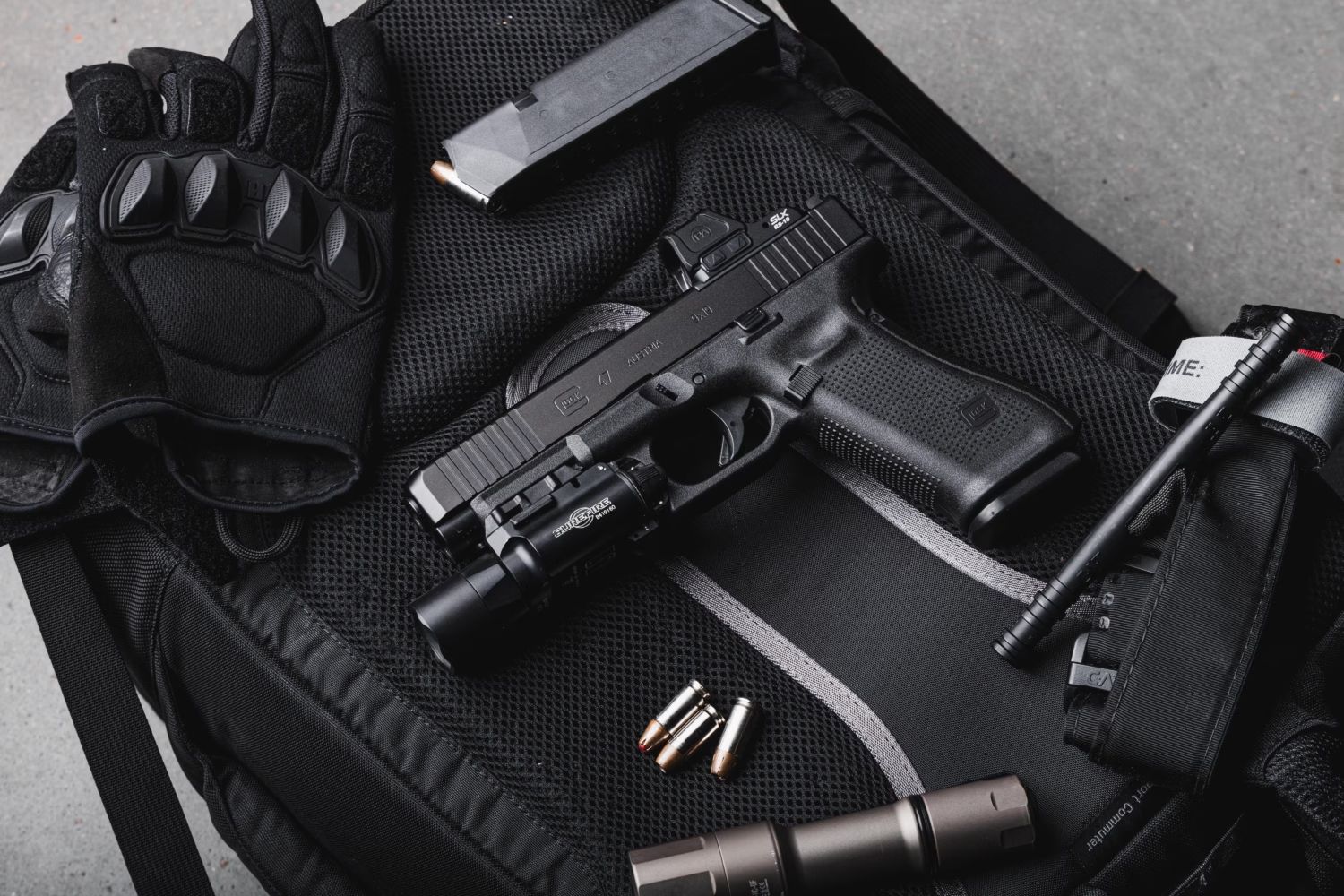
GLOCK Model Variants
It is important to note that even within a single model and generation, not all pistols are going to be the same. Many GLOCK models are offered in a variety of different configurations, each of which will typically slightly vary in price. As such, one Gen 5 GLOCK 17 may cost more than another, which can be confusing if you are not aware of the differences.
There are a few factors that can play into the difference between variants of the same model. The largest price difference will typically be seen between optic-ready and non-optic-ready pistols. GLOCK’s optic mounting system, which they call the Modular Optic System or MOS, allows the user to mount a wide range of different red dots to their pistol using adapter plates. Pistols with slides that are machined for these plates will generally be priced higher than those that are not.
Other variances in sighting systems can also come into play. While most GLOCK pistols ship with fixed plastic sights, certain models also offer versions with adjustable target sights or metal night sights. GLOCK pistols may even be packaged with a red dot pre-installed, most notably the Aimpoint COA line of red dots. Any of these changes will affect the price of the pistol.
Most models are also available in a limited-capacity version as well—while these models aren’t different from full-capacity models in any way, they do come with 10-round magazines in lieu of their standard capacity GLOCK magazines for those residing in restrictive states. While you might think that lower capacity would mean a lower cost, these versions are typically a bit more expensive than standard capacity models.
Lastly, certain GLOCK pistols are designated as Blue Label, which means that they are only available to law enforcement officers or those with an appropriate coupon. These pistols are discounted, but only available to buyers who meet the aforementioned criteria.
Most other features, such as internal components and GLOCK triggers, remain relatively unchanged between models, particularly within a single generation.
How Much Does A GLOCK Cost?
The only real answer is, it depends. GLOCK pistols can range in price from a few hundred dollars all the way up to a thousand dollars or more.
The exact cost of your next GLOCK will depend on a huge range of factors, including generation, model, version, and the broader economic forces at play. While GLOCK sets the MSRP of their firearms, individual dealers also have some control over the price they charge for each pistol, so prices can vary from store to store.
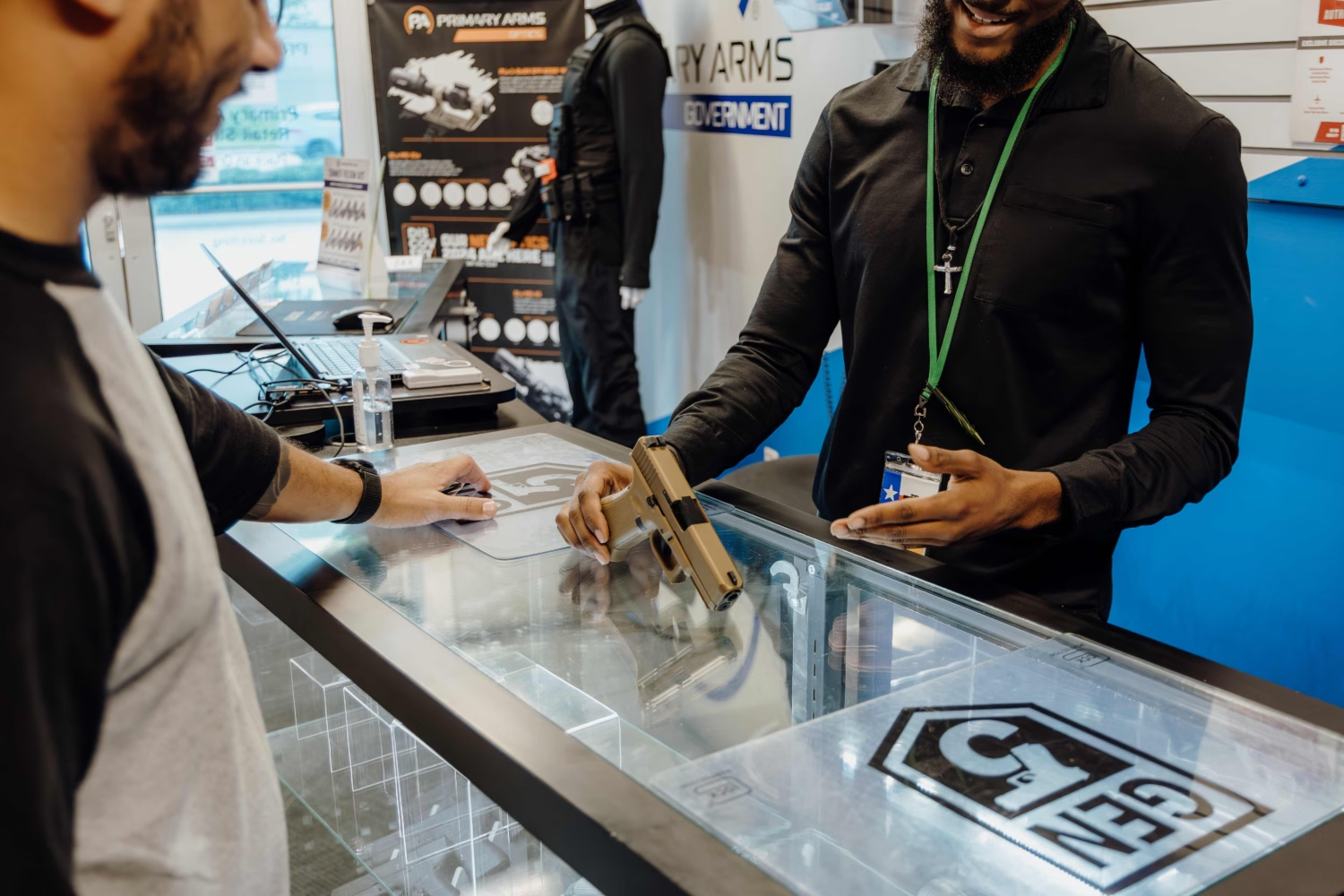
Where To Buy GLOCK Handguns
GLOCKs are probably the most common pistols in the United States—you’d be hard-pressed to find a gun store that didn’t have a few behind the counter. You’ll find GLOCK parts and pistols nearly anywhere firearms are sold, whether that’s an online or in-person gun store, pawn shop, sporting goods store, or gun show.
As with most things, the best prices are usually available online. As with brick-and-mortar gun stores, nearly every online vendor of firearms will have a selection of GLOCKs available.
Buying Used
For the most competitive price, purchasing a used GLOCK is nearly always going to be the best option. Preowned firearms are nearly always cheaper than new ones, but, of course, come with certain drawbacks and risks as well.
Used GLOCK pistols can be purchased online or in person, but with used firearms, there’s some merit to buying in person. Used pistols can vary in condition, so it’s usually worthwhile to fully inspect the firearm before committing to purchase it—unless the deal is simply too good to pass up.
Buyers should take care to ensure all original parts are included and inspect common wear points such as the barrel hood to get an idea of the amount of use the firearm has already seen. The condition of the external finish can also be indicative of overall wear but can be misleading, too.
Police surplus pistols, for instance, commonly have heavily worn exteriors, which would suggest a thoroughly used firearm. However, many police-issued guns are carried much and shot little, resulting in a firearm with a great deal of external wear on the finish but very little mechanical wear on the internal parts, meaning many of these guns, despite their rough appearance, have plenty of life left in them and can be had for a bargain.
It’s worth noting that not all used GLOCKs will be significantly discounted; in the case of firearms that are heavily modified or upgraded, particularly by a respected custom shop such as Taran Tactical Innovations or Agency Arms may actually be more expensive than a brand new, unmodified version of the same model.
Other GLOCK upgrades such as improved sights, aftermarket triggers, or accessories like red dot optics or weaponlights can also increase cost.
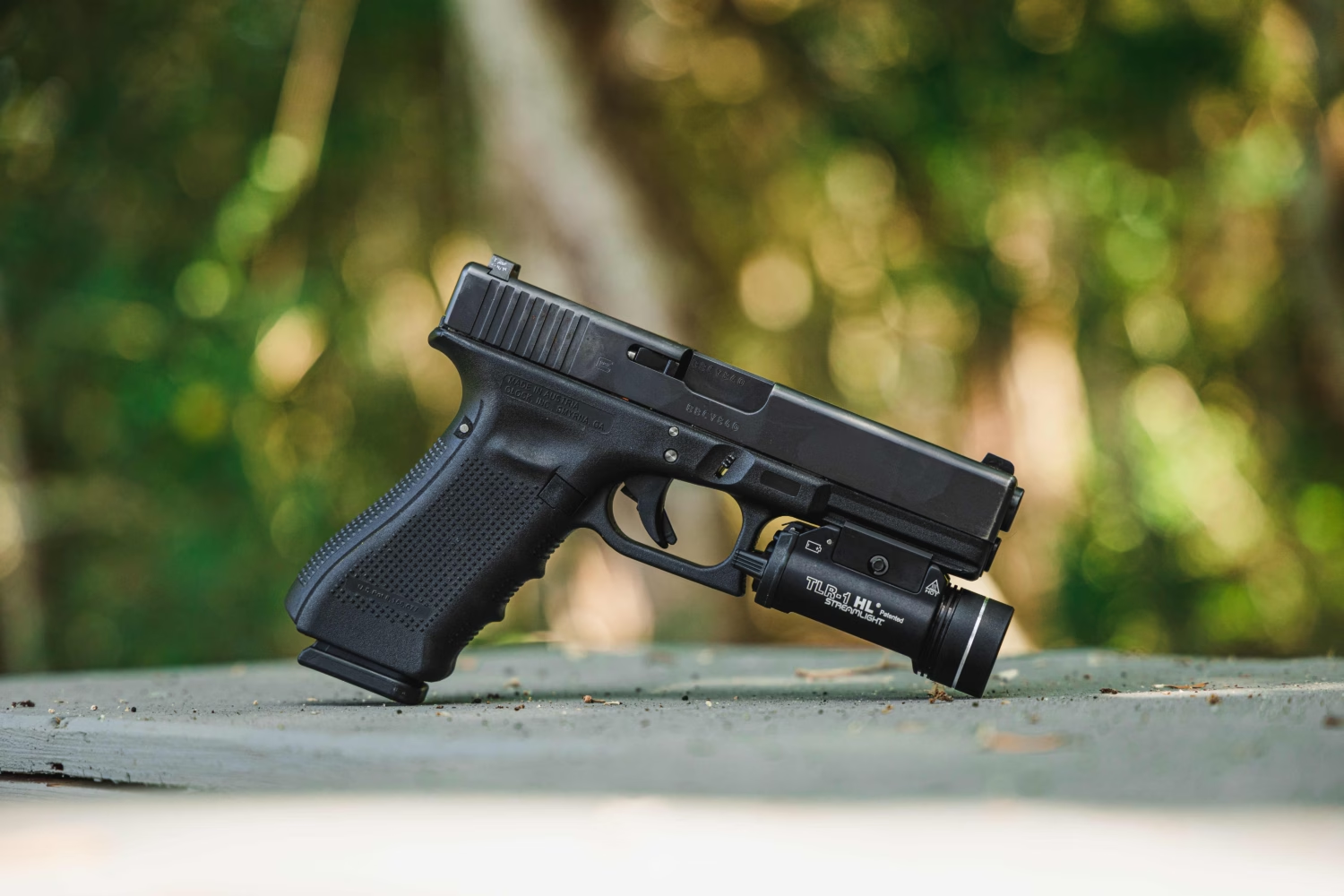
Conclusion
With such a broad catalog and so many models and variations available, it’s impossible to say outright what a GLOCK costs. The truth is that each GLOCK commands a different price, one commensurate to it’s features and condition. Used vs. new, optic-ready vs. iron sights, an older generation vs. a newer one—all of these things and more will affect the price.
If you’re in the market for a GLOCK , start by narrowing your choices down to a specific model and version that you want. Then, comparison shop between online and brick-and-mortar stores, taking into account transfer and shipping fees. That way, you can be sure that the cost of your next GLOCK is as wallet-friendly as possible.
After purchasing your pistol, be sure to check out our article on How to Clean Your Pistol for guidance on cleaning and maintenance.
